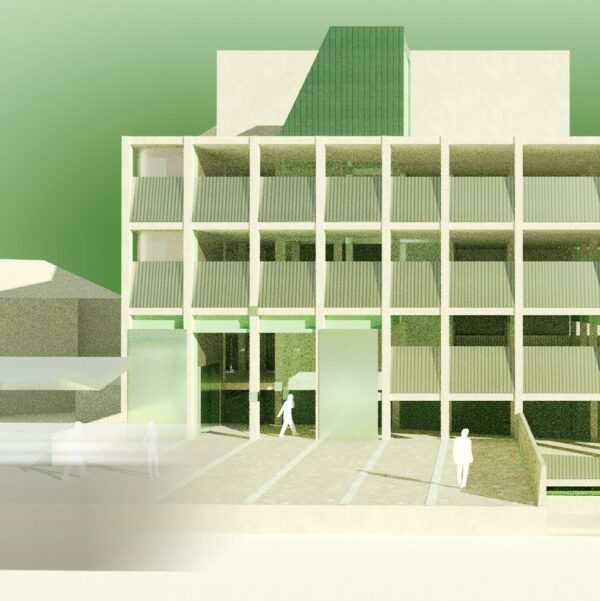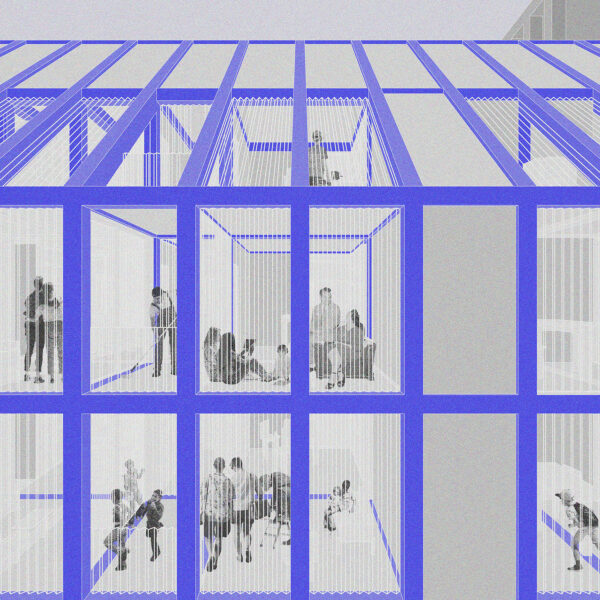Rotch Travelling Scholarship 2023 Finalists
Memory and Continuance
Return to Rotch Travelling Scholarship Exhibition
This year’s competition asks participants to explore how design creates a dialogue between the history of a place and the new imaginaries that shape its future. Place is a shared territory that persists in collective memory and identity, and yet it is also a contested territory where the sense of a shared history is polemicized or rewritten. In responding to present challenges and envisioning future possibilities, proposals examined the processes of preserving, erasing and even replacing artifacts and ideas in the process of making place.
Architecture embodies energy. The production of buildings sets in motion global flows of material from extraction, processing, manufacturing, shipping, assembly and, eventually, demolition. But buildings are not finished at construction, their evolution continuously transform places, economies, and ecologies. As long-lived cultural artifacts, buildings are vessels for collective memories, repositories of materials, and banks for the flows of disinvestment and reinvestment of global capital. Architects can challenge a culture of devaluation, waste and obsolescence through new imaginaries that transform how a community sees its own past in order to reshape its future.

Preliminary Competition
The site of Leon Electric in Dorchester, a 7-story vacant warehouse built in 1915, is a remnant of a time when Uphams Corner was shifting away from residential use towards becoming an industrial hub. This historic center of activity in Boston now looks to recapture its past significance, recalling an era of prosperity as a commercial district and an arts and culture destination.
After a decade of no progress, there is a renewed interest in developing the site as a transit-oriented mixed-use gateway into the Uphams Corner community. The building sits in anticipation of new imaginaries that can revisit the past and reshape its future.
View the full preliminary competition brief.
Stephanie Lloyd (Winner)
Julia Schubach (Runner-up)

Final Competition
Housing shortage and affordability is an urgent crisis in Boston and many other cities in the global capitalist economy. The final competition brief asks participants to radically rethink spatial, social and economic models of collective housing that combine dwelling, working, and recreating, to allow young families, local entrepreneurs and established communities to stay and thrive in the city. Finalists are asked to develop proposals for the largest part of the Leon Electric Building, through strategic subtraction, reuse, and reskinning to produce more humane spaces for a radically transformative co-live/co-work program.
View the final competition brief.
Stephanie Lloyd (Winner)
Julia Schubach (Runner-up)
Ian Miley (2022 Runner-up)
About the Rotch Travelling Scholarship
FOUNDING
Founded in 1883 in honor of Benjamin Smith Rotch, the Rotch Travelling Scholarship is the oldest of its kind in the United States and its influence has been felt throughout the entire profession. The roster of Rotch Scholars includes many of the country’s most distinguished architects: Henry Bacon, Ralph Walker, Wallace Harrison, Louis Skidmore, Edward D. Stone, Gordon Bunshaft, Victor Lundy and many others.
Benjamin Smith Rotch of Milton, Massachusetts studied painting in Paris in 1847 and cultivated an early appreciation for the value of foreign travel in stimulating young architects’ imagination through contact with great buildings of the past. One of his sons, Arthur Rotch, studied architecture at the Ecole des Beaux Arts in Paris from 1874 to 1879 and further cemented this belief, as well as the Rotchs’ active patronage to fellow artists.
Upon the senior Rotch’s death in 1882, Arthur and his siblings—Abbot Lawrence, Edith, Aimee (Mrs. Winthrop Sargent) and Annie Lawrence (Mrs. Horatio Appleton Lamb)—established the Rotch Travelling Scholarship on October 1, 1883.
In 2002, the Rotch Trustees expanded upon the mission of architectural education through foreign travel with the establishment of the Rotch Travelling Studio grant.
ENDOWMENT
When the Rotch family executed an indenture of trust on December 29, 1883 for “the advancement of education in architecture,” the stipend was set at $1,000 per year for two years of travel abroad. In 1912, the stipend amount began to increase gradually until 1936, when the Rotch Trustees and Scholarship Committee substantially increased the sum and reduced the required travel time. Today, the Rotch Scholar receives $38,500 or more for at least six months of travel.
HISTORY
In 1980, the Rotch Trustees requested that the Boston Society of Architects appoint a Rotch Scholarship Committee to advise and “develop a scheme of examinations.”
From the start, applicants were expected to be proficient in a variety of topics, including knowledge of architectural history, construction, French and drawings from the cast. In 1892, a two-stage system of design examinations was established. The preliminary jury would select several drawings that displayed evidence of “architectural potential” from which the final jury would select the Rotch Scholar. In 1959, the Rotch Scholarship Committee moved from this type of preliminary competition toward a “search for imaginative capacity” in future Rotch Scholars. Today, that search is conducted through a two-stage design competition.
